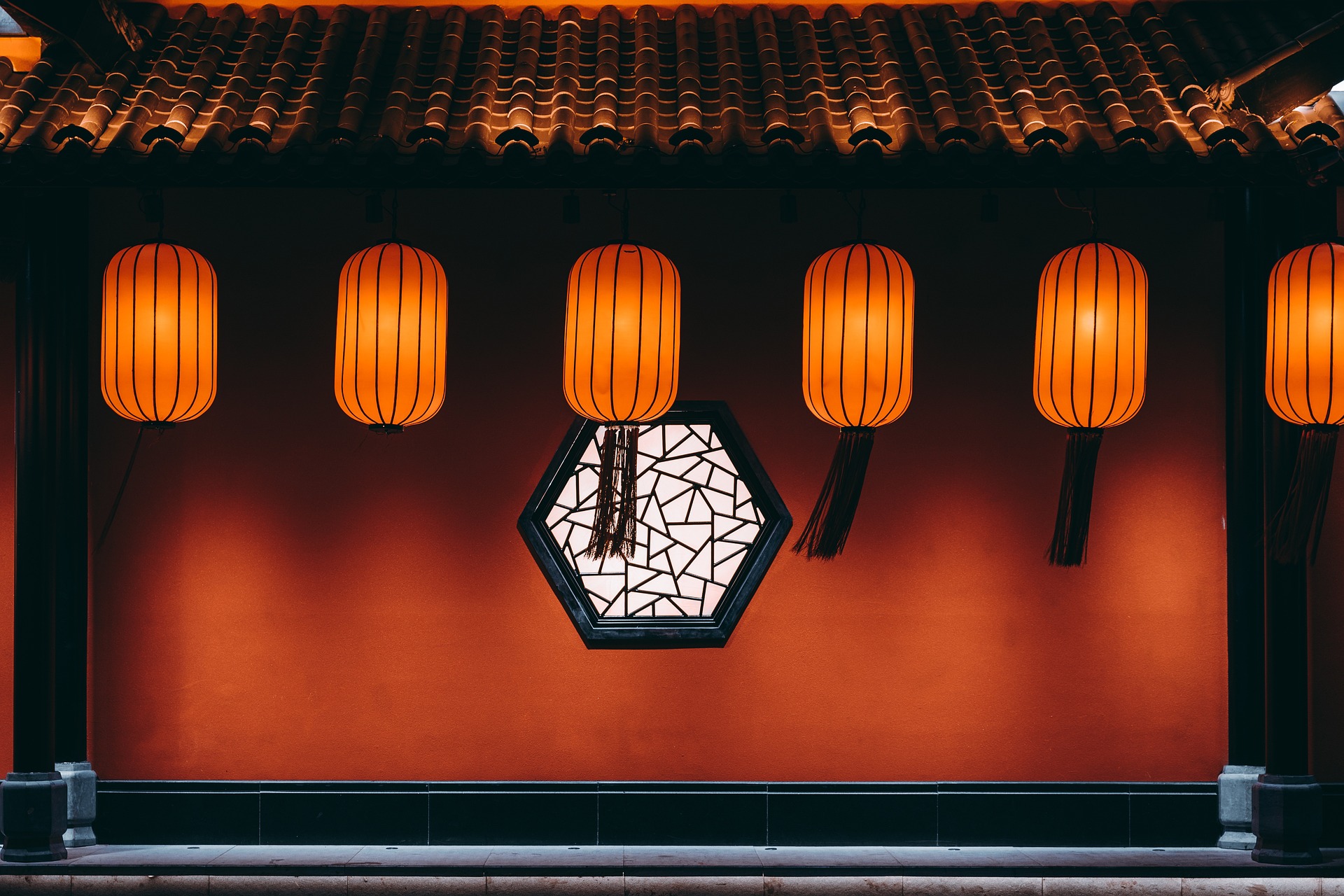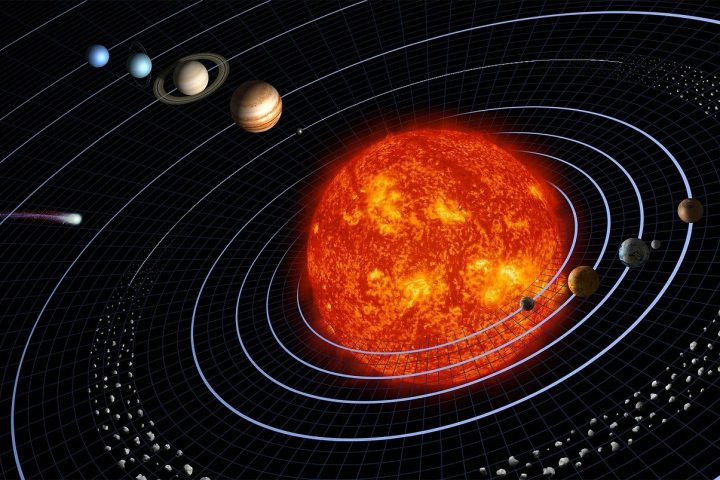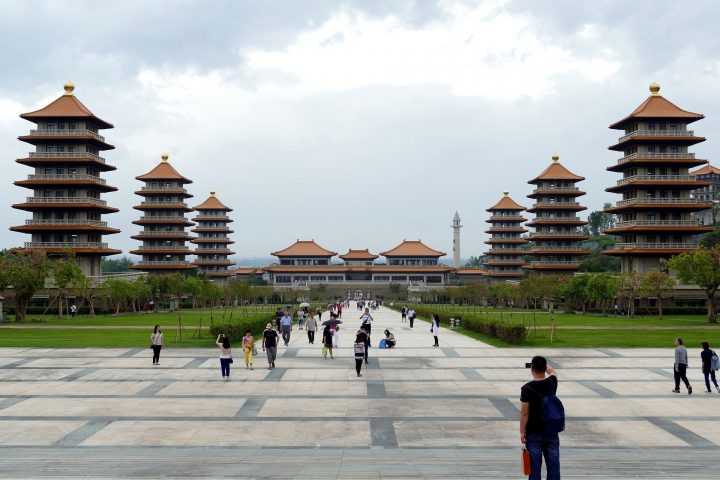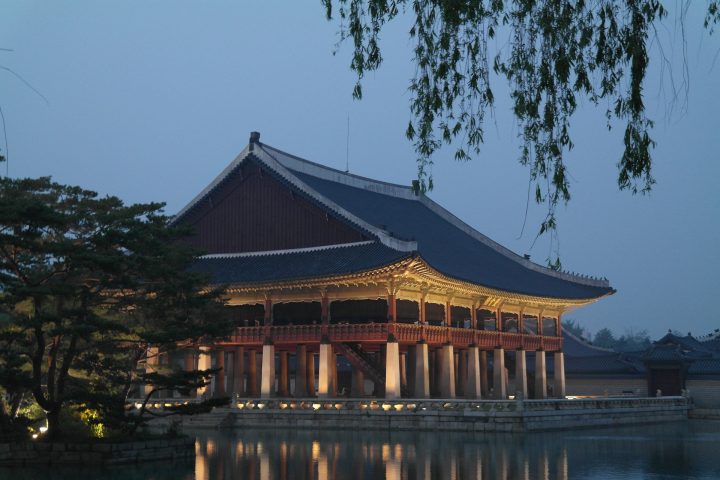Did you know that the lunar new year actually refers to the beginning of the year in both the lunar and lunisolar calendar, instead of just one specific day of the year?
On December 31, people around the world would stay up past midnight to celebrate the new year in the Gregorian calendar, which is a civil calendar used by most of the world. However, even though we use the Gregorian calendar internationally for business, professional, and even personal events, societies around the world often use an additional calendar for cultural or religious significance.
There are three types of calendars in the world: Solar, Lunar, and Lunisolar. The Gregorian calendar is a solar calendar, which is based on the apparent position of the Sun.
The Lunar calendars are based on the moon phase (the shape of the moon’s sunlit portion), and the Lunisolar calendars are the combination of the two. And because of this, the lunar new year is usually not on a fixed date. For example, the Chinese lunar new year in 2023 fell on January 22. But in 2024, it will fall on February 10th.
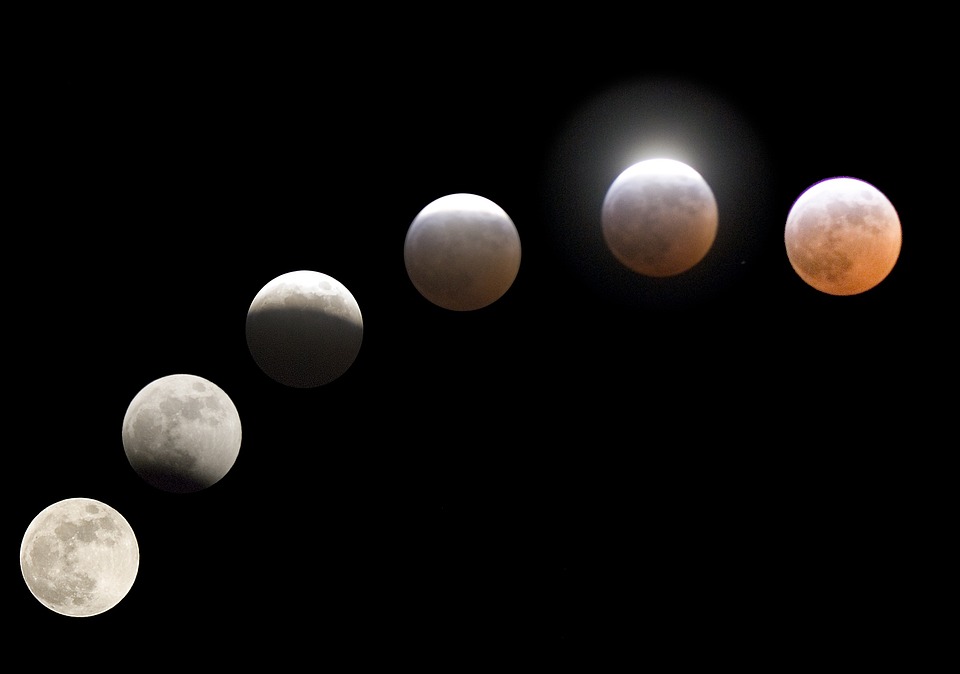
Just like the new years in the Gregorian calendar, new years in lunar and lunisolar calendars are also celebrated in numerous cultures and communities around the world. In fact, lunar new years often hold more cultural significance, and each culture often has their very own unique lunar new year traditions that have been passed down for generations.
In the 21st century, the world has become increasingly diverse, even if you don’t have a background in a culture that celebrates the lunar new year, the chances are you probably have seen glimpses of these lunar new year celebrations before, maybe even have been invited to the celebrations once or twice! But if you’re interested in learning more about the different lunar new years beyond a big feast and some entertainment, then you’ve come to the right place!
Is the Lunar New Year the same as Chinese New Year?
People often mistake the lunar new year as the Chinese new year, as the Chinese new year is the most famous lunar new year in the world. However, it is worth noting that the Chinese new year is just one of the lunar new years, not the other way around.
You see, the lunar new year is the beginning of the year in a lunar or lunisolar calendar, and there are more than a couple lunar and lunisolar calendars in cultures around the world.
For example, many countries in Southeast Asia use the Buddhist calendar, which is a lunisolar calendar primarily used in Cambodia, Myanmar, Thailand, and others.
In India, however, the lunisolar calendar used is the Hindu calendar.
If we look to the middle east, we will find the Islamic calendar– a lunar calendar, and Jewish lunisolar calendar.
Cultures that celebrate Lunar New Year
With so many different lunar and lunisolar calendars out there, it is no surprise that many of the lunar new years fall on different dates. In East and Central Asia, Chinese new year and other lunar new years in the region generally fall on the same day. However, every country would still have their own little twists in their rituals and traditions when it comes to lunar new year celebrations.
But for cultures originated in Southeast Asia, their lunar new year usually occurs in mid-April, such as the Songkran in Thailand.
Here are some glimpses into some of the world’s most well-known lunar new year celebrations:
Korean New Year (“Seollal”)
The lunar new year celebration in Korean culture, known as “Seollal” in Korean, or “Korean New Year” internationally; typically falls on the same period of the Chinese new year celebration, given that the Korean calendar is derived from the Chinese calendar
The Seollal celebration begins the day before the Korean new year’s day, and ends on the day after. Seollal centers around family and ancestors, family members traditionally gather at the house of the oldest male member of the family to pay tribute to their ancestors. On the Korean new year day, all Koreans also age one year older in Korean age, which is different from the international age commonly used globally. In Korean culture, the birth marks the one year-old mark in Korean age. During the three-day celebration, Koreans dress in traditional costumes and the children take a deep bow to their elders as a sign of respect.
Vietnamese Lunar New Year (“Tet Nguyen Dan”)
Much like the Korean new year, the Vietnamese new year, Tet Nguyen Dan, or simply “Tet”, is also derived from Chinese lunisolar calendar. Interestingly, the Vietnamese new year adopts the Chinese zodiac calendar but replaces the rabbit and the ox with cat and buffalo, respectively. And like the Chinese zodiac calendar, many legends and folktales are told and passed down from generations.
For the Vietnamese, Tet begins about a week before the actual Vietnamese new year day, which, according to traditions and legends, is the day the Land Genie (“Ong Cong”) and Kitchen Gods (“Ong Tao”) depart from every home to make their annual trip to heaven and report on the household to the God of Heaven.
The legends have it that these genie and gods ride red and yellow carps to heaven, hence on the last 23rd of the lunar year, Vietnamese will release three yellow and red carps to the river or lake.
Unlike Chinese new year, which has a color theme of red and gold, the Vietnamese new year is often decorated in yellow. And like Chinese new year, the dragon and lion dances are also often seen on New Year’s day.
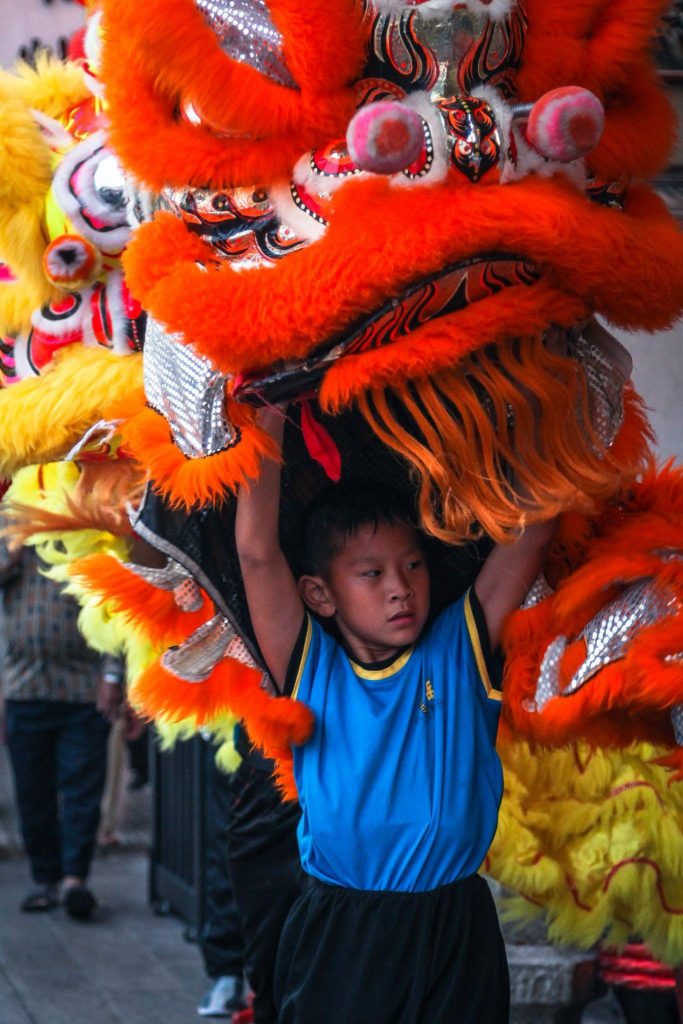
Islamic New Year
Also called the Hijri New Year or Arabic New Year, typically occurs sometime between July and September in the Gregorian calendar. The Hijri New Year is when the crescent moon appears in the sacred month, Muharram, which kicks off a new year in the Muslim lunar calendar.
Muharram is observed by Muslims around the world with prayer and quality family time.
Sunni Muslims observe this special event with fasting and prayer, while Shiite Muslims observe ten days of mourning as well as a mourning march for some.
Thai New Year (“Songkran”)
Songkran is based on the Buddhist calendar, but fixed to a Gregorian date in 1989; this means that instead of celebrating the new year on the actual date in the Buddhist calendar, it is now celebrated from April 13 to April 15 in the Gregorian calendar every year.
During Songkran, Thai people celebrate the new year by gathering at home to spend the new year with the family, as well as taking part in a nation-wide water festival, in which people of all ages on the street splash water at each other and to any stranger passing by. Major streets are also closed for the sole purpose of the water fight.
Chinese New Year (“Chunjie”)
Finally, the world’s most famous lunar new year— The Chinese new year. Also known as the spring festival, the Chinese new year is based on the traditional Chinese lunisolar calendar.
In China, Hong Kong, and Taiwan, Chunjie is often a week-long celebration, if not more. The celebrations kick off on the lunar new year eve, where families reunite to spend quality time together and share a big meal at dinner known as the reunion dinner (“Nian ye cai”).
On New Year’s day, people would start visiting relatives in the area as well as socializing with others. The lion or dragon dances that we have all come to associate with the Chinese New Year typically take place on this day.
During the celebration, people and houses are dressed and decorated in red and gold, which have become “the colors of the Chinese people”, and elders would be handing out “red envelopes” to the younger relatives and family members. The red envelopes contain cash in local currency to “settle down the year”, a symbol of well wishes for the new year.
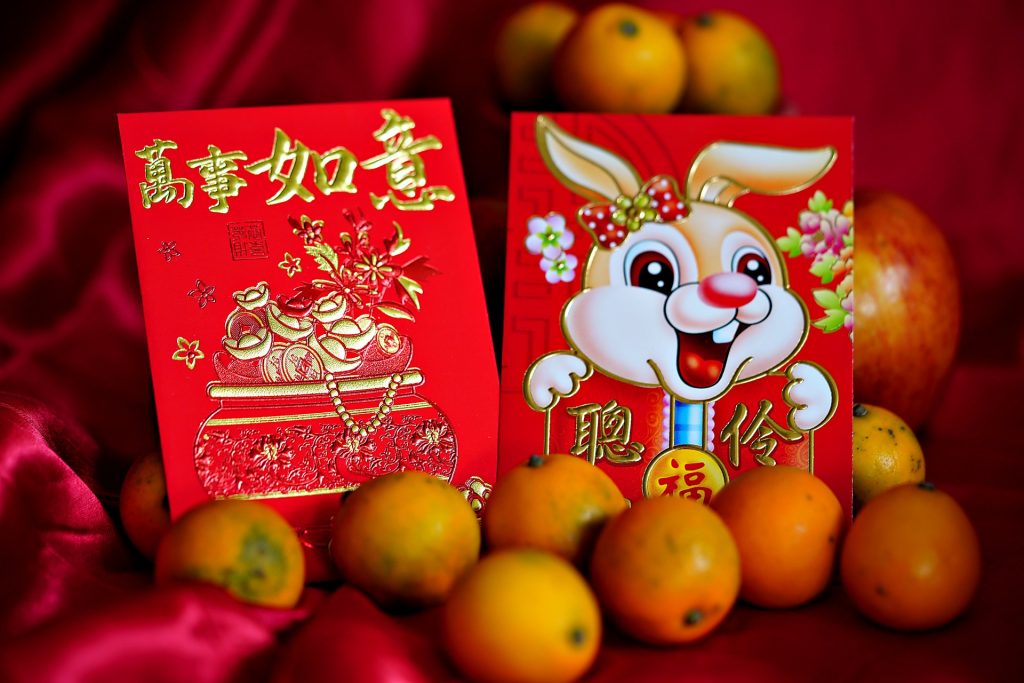
Being a guest in a Lunar New Year celebration
By now, you may have noticed that a common theme of the different lunar new year celebrations is family. Which is why being invited to a lunar new year celebration is nothing to be casual about. So, before you join someone’s family for the lunar new year, make sure you’ve done your homework on the proper etiquette and culture behind the celebration! Don’t be afraid to ask questions, as most hosts would be more than happy to tell you more about the most significant holiday in their culture!
